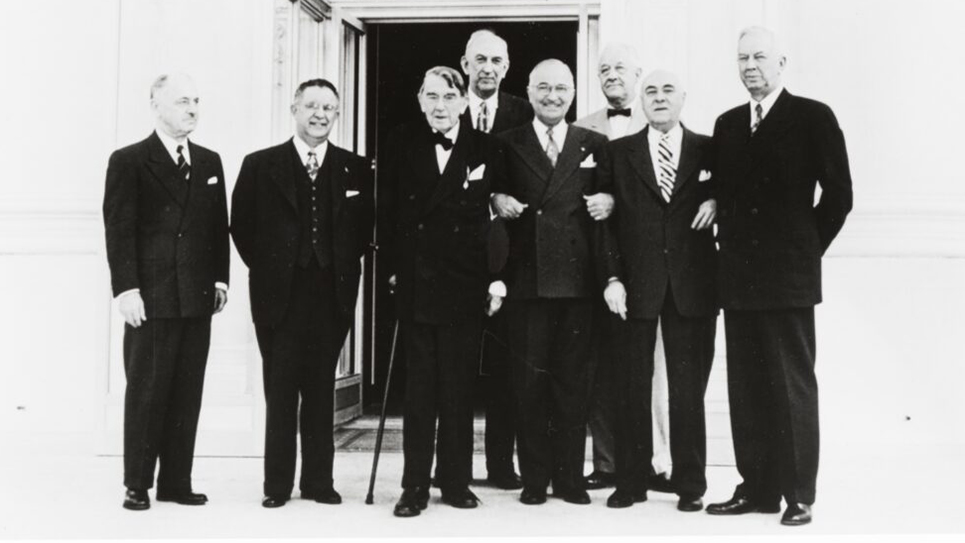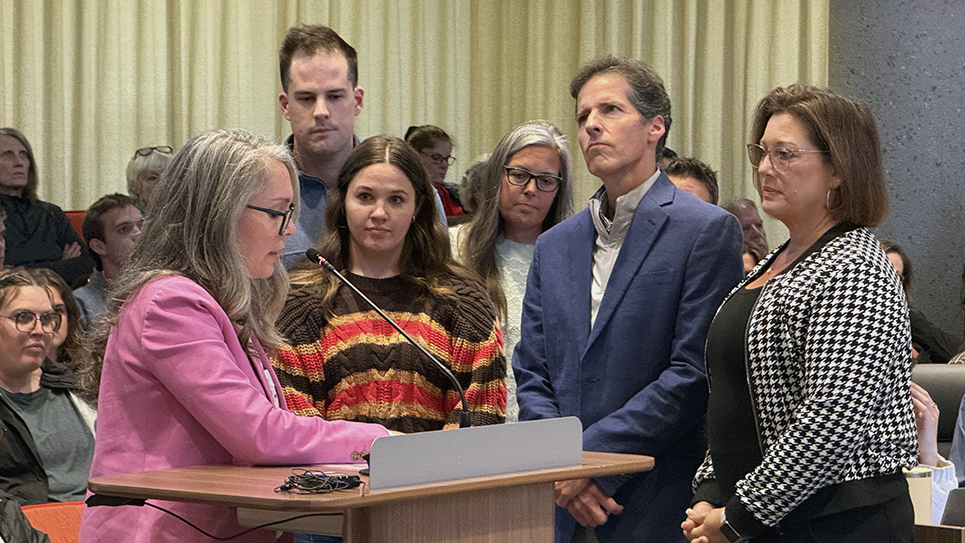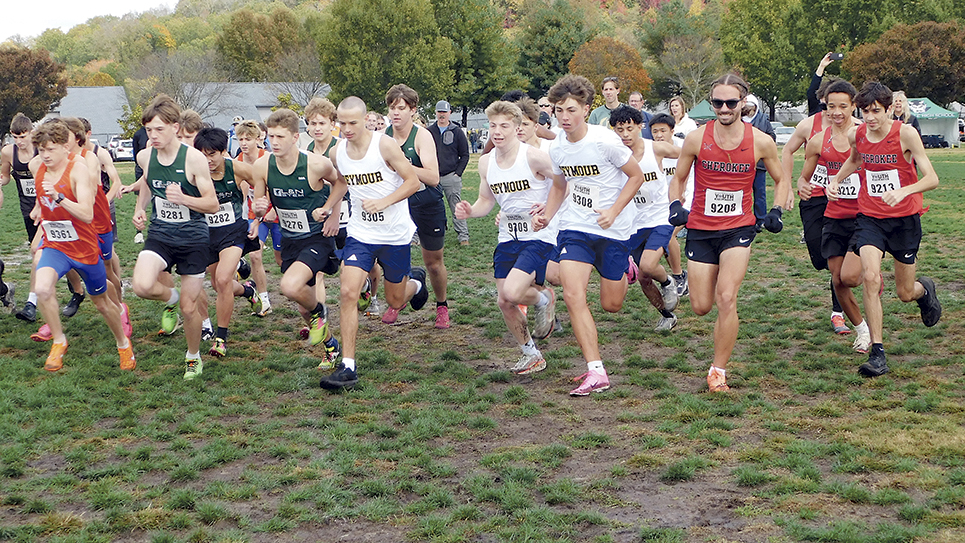By Mike Steely
If Knoxville was the goal to capturing East Tennessee during the Civil War, then the Cumberland Gap was the doorway. The historic pass was occupied four times, twice by each side. While no major battle took place, there were many skirmishes around the area with the aim to take or protect the fortifications there.
When the soldiers were not fighting, drilling or preparing to fight, they were isolated there often with the enemy nearby. The soldiers killed time by roaming the mountain, playing cards, talking with each other, and being bored. Some of them took the time to put their initials and names on the rocks there, both above and below the mountain.
Even today you can still find some of the deeply carved on the boulders on the top of the mountain or inside “Soldier’s Cave” at the bottom, left there in candle or ash markings. While few men on either side were killed in action while stationed there, many died of disease or infections. After the war, the Union graves were unearthed and moved to the new National Cemetery in Knoxville, next to the Old Gray Cemetery.
Up on the Pinnacle in Cumberland Gap National Park, you can view several Civil War signatures cut deeply into the rocks overlooking the valley below. One of them was by a Confederate soldier, W. R. McEntire, which was cut there on September 9, 1863, just before his outpost surrendered to Union forces.
McEntire spent 18 months as a prisoner and returned to Texas where he told his grandson, years later while on his deathbed, about the carving. He asked him to return to the gap someday and curse the Yankees for five minutes. On September 9th, 1963, George H. McEntire, Jr., did just that, 100 years to the day of the carving.
Another carving on the rocks atop the mountain is that by a Union soldier, J.M. Taylor. This North Carolinan started the war as a conscripted (drafted) Confederate but walked away from the Southern army and joined the Union forces. He was enrolled in the 2nd North Carolina Mounted Infantry only six days after McEntire cut his name at Cumberland Gap.
Taylor, born in 1830, was mustered in Knoxville and his unit patrolled East Tennessee until January 22, 1864, when he was posted at Cumberland Gap. He was there, off and on, for a year and became a scout. Although absent without leave for a while, he was restored to duty that year in August and was again mustered out in Knoxville and paid a $30 clothing allowance and a $75 bounty. He returned to Madison County, N. C. and got married.
He and his family moved around a bit, finally landing in Unicoi County, where he died in 1925.
Years later the family bible he bought for less than $2 following the war was found by a family member and much of the information he recorded has been printed and kept by the Taylor descendants.
If you haven’t been to Cumberland Gap it’s about an hour away and there’s lots to do there, including the National Park with a museum, gift shop, hiking and picnicking areas, camping, and the overlook that you can drive up to easily. The town of Cumberland Gap is worth a visit, especially the old mill and iron furnace.
The Cumberland Gap highway tunnel is a wonder and the building of it allowed the restoration of the old Warrior’s Trace or Wilderness Road across the historic gap. There’s Cudjo’s Cave you can tour by torch light, Sand Cave you can hike to, and you can walk to earthen forts atop the mountain. You can Google Cumberland Gap or call the national park visitor center at (606)248-2817. A day-away drive can highlight a morning or afternoon, especially for a family with children.






